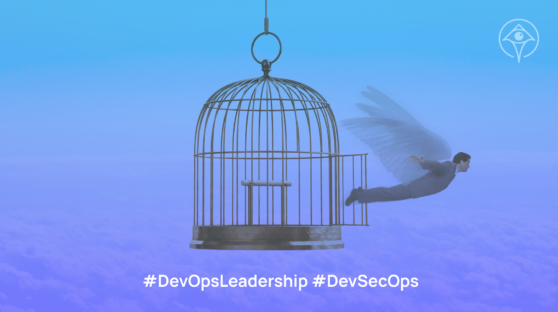What we can learn from the LastPass hack

Ofir Stein
September 20, 2022

LastPass, a password manager with over 33M users reported an unauthorized party hacked into its development environment, the hackers were able to gain access through a single breached developer account.

Don’t act all surprised, getting hacked is a “WHEN” not an “IF” question
Everyone gets hacked eventually, the bigger a company is the bigger the target sign on it back. But LastPass is no ordinary company, the risk that is entailed in a service that generates and stores passwords, it is a “Key Master” which means if customers’ password were compromised the attack surface trickles down, potentially affecting customers and their customers/users.
LastPass reported the breach did not reach any customer data, only the company source code was taken, LastPass User’s rejoice! but it did take the company two weeks to assure that was the case, which sounds like a long period of time to evaluate the affect of a hack, but its actually not as Allan Liska, an analyst for Recorded Future commenced for Bloomberg:
“While two weeks might seem like a long time to some, it can take a while for incident response teams to fully assess and report on a situation,” he said. “it will take time to fully determine the extent of any damage that may have been as result of the breach. However, for now it appears to not be client-impacting.” Allan Liska
“We got hacked!” knowing is half the battle, what got hacked is the other half
Some of you might ask: “ Why does it take two weeks?” a valid question, a lot can happen in two weeks, just imagine what a hacker can do with two weeks of unrestricted access or what you can do if you had two weeks off. The reason why it took two weeks is simple, understanding the attack surface of the hack requires knowing the permissions the breach identity has, which are now in the hands of the attacker;
or in other words:
Breached Users Permissions = Potential Attack Surface
The potential attack surface of a company that stores passwords is enormous, without mapping the different databases and applications the breached developer’s identity had while he was breached required an incident response team to investigate and assess the blast radius of the attack.
Attack Surface Vs Blast Radius
“Attack Surface” represents the potential impact of an attack, meaning the total amount of services, databases, and applications a breached identity had access to.
״Blast Radius״ represents the total impact of the security event, or in other words what are the actions and data that have been taken by the breached user.
To understand a security event attack surface we need to understand which permissions the breached identity had. , To understand the Blast Radius we need to check each action that could have been made by the attacker and investigate the implication of those actions.
WHY does it take two weeks? You might ask because we usually do not revoke access when users are done with it, we give excessive privileges regardless of the task in hand, and lastly, we do not have a proper way to monitor cloud access, which means investigating the blast radius is a tedious task.
Have no fear, Apono is here
The reason why we created Apono is to solve this exact scenario, Apono’s centralized cloud access management solution takes a “Least Privileges by Default” , mapping cloud access, policies, and resources and attributing them to users, then suggesting how to convert them to “Just-in-Time” and “Just Enough” dynamic policies providing users with a granular level of resources for the amount of time they need it, then the access is automatically revoked! Apono records the entire approval timeline, so you can know who accessed what, when and who approved it.
Apono drastically cuts down the attack surface by assuring granular timely access, our access activity monitoring capabilities assure no standing privileges are jeopardizing your organization. Our 1:1 access attribution capabilities assure investigating the Blast Radius of the attack is a breeze.




